An odd cigar-shaped object name Oumuamua made news late last year when it was determined to be of interstellar origin.
It was touted as the solar system’s first visitor from another star system.
A new study published in Monthly Notices of the Royal Astronomical Society: Letters details the discovery of what scientists are calling the first known immigrant from another star system to permanently make its home in our solar system.

An artist’s impression of ‘Oumuamua, the first interstellar asteroid (ESO/M. Kornmessar via Wikimedia Commons)
The cosmic settler is an asteroid called 2015 BZ509, which was also given the nickname Bee-Zed.
The direction the asteroid is orbiting the sun is what clued scientists into its interstellar origins.
They say that all of our solar system’s planets, and most of the other objects like asteroids and comets, travel in the same direction around the Sun.
The immigrant asteroid, however, travels in the opposite direction, in what is called a retrograde orbit.
“If 2015 BZ509 were a native of our system, it should have had the same original direction as all of the other planets and asteroids, inherited from the cloud of gas and dust that formed them,” says study lead author Fathi Namouni, from France’s Université Côte d’Azur, in a press release.
The backward-traveling asteroid has been sharing its orbit with Jupiter since it moved into our cosmic neighborhood around the time the solar system was formed – 4.5 billion years ago.
The scientists ran simulations that traced the location of 2015 BZ509 back to the birth of our solar system and found that the wayward asteroid has always traveled in its odd orbit.

Asteroid 2015 BZ509 in retrograde orbit with 100-day motion markers (Tomruen/Creative Commons Attribution-Share Alike 4.0 International via Wikimedia Commons)
This led to them to conclude that the asteroid could not have been one of the original objects of our solar system and that it had to have been captured from another star system.
Study co-author Helena Morais, from Brazil’s Institute of Geosciences and Exact Sciences at Sao Paulo State University, says our Sun formed in a cluster of tightly packed stars, each with its own set of planets and objects.
“The close proximity of the stars, aided by the gravitational forces of the planets, help these systems attract, remove and capture asteroids from one another,” said Morais.
The asteroid is considered to be a Trojan, which is part of a large grouping of asteroids that all circle the sun from the same distance as Jupiter.
So if the asteroid is going in the opposite direction than Jupiter why haven’t the two collided after all these years?
According to Paul Wiegert from the University of Western Ontario, Bee-Zed never gets closer to Jupiter than the Earth does to the Sun. At its closest point, it comes within 176 million kilometers of Jupiter, which is close enough for the planet’s gravity to tug at the asteroid’s orbit.
A study conducted by Wiegert and his colleagues in 2017 suggested that this slight shift in the asteroid’s orbit is what keeps the asteroid from being smashed to pieces by the gargantuan planet.












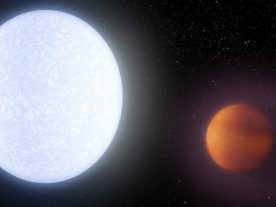
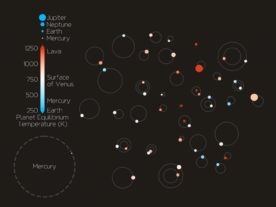



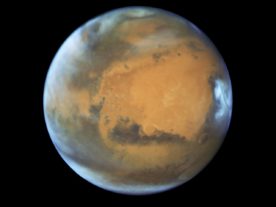



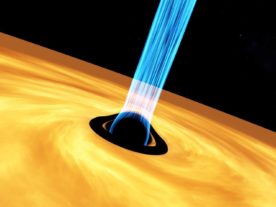

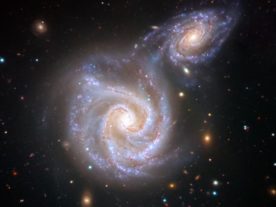
Comments are closed.